Pain in the bladder is a pronounced discomfort that significantly impairs the quality of life. According to statistics, the symptom most often worries women. It is important to understand that this symptom is one of the clinical manifestations of a disease. Moreover, the reasons can be very diverse. In this regard, only a doctor can provide information on why a woman has a bladder sore. Ignoring the alarming symptom can lead to the development of complications that pose a danger not only to health but also to life. The main causes of pain are described below.
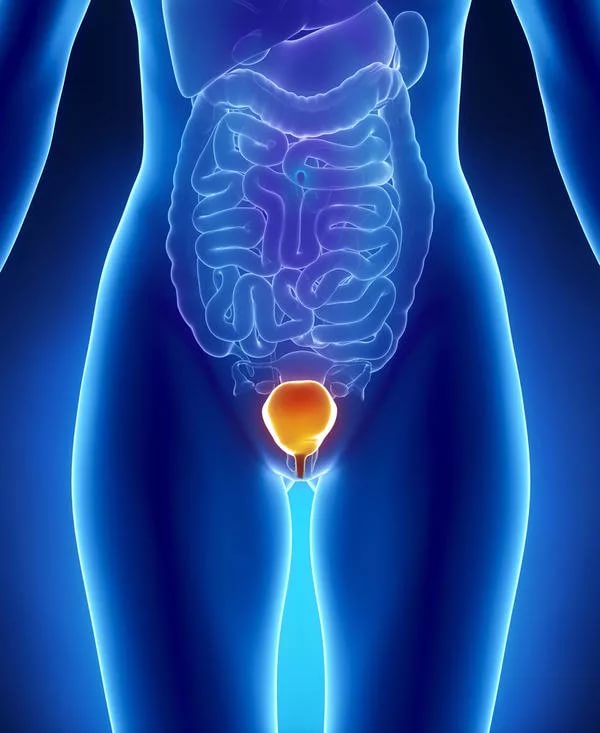
Cystitis
This term refers to inflammation of the bladder. The disease can have both infectious and non-infectious nature. In the first case, the main reason for the development of cystitis is the active life of pathogenic microorganisms, such as strepto-, entero- and gonococci. In the second - irritation of the walls of the organ with chemical, medicinal and other substances.
In all cases, the start of the development of the disease occurs under the influence of certain provoking factors. These include:
- Hypothermia.
- Violation of the integrity of the mucous membrane lining the bladder.
- A lifestyle that does not imply motor activity.
- Frequent use of fatty and spicy foods.
- The presence of chronic pathologies of a venereal or gynecological nature.
- Indiscriminate sexual intercourse without the use of barrier contraception.
- Inadequate hygiene.
- Avitaminosis.
- Hormonal imbalance.
- Wearing synthetic underwear.
Regardless of the severity of signs and symptoms of cystitis in women, the treatment of pathology cannot be delayed. Any delay can turn into a chronic form of the disease. In addition, the infection often penetrates the kidneys, which results in the development of pyelonephritis.
Clinical manifestations of the disease:
- Pain during urination. Often they radiate into the rectum.
- The presence of blood in urine.
- Frequent urination. After the completion of the act, a feeling is created that the bubble is not completely empty.
- Cutting in the area above the pubis.
If any of these symptoms occur, consult a urologist.
Tests for cystitis in women:
- Clinical examination of urine.
- Bakposeva urine.
- Urinalysis by Nechiporenko.
- PCR studies of biomaterial.
Tests for cystitis in women allow you to assess the severity of the disease, identify the pathogen and prescribe the most effective medications.
Instrumental diagnostic methods:
- Ultrasound
- Cystoscopy
The last two methods are instrumental. Many patients do not know how women do cystoscopy of the bladder. Endoscopic equipment is inserted into the urethra - a thin tube, at the end of which a miniature camera is fixed. With her help, the doctor and examines the cavity of the organ.
As mentioned above, regardless of the degree of manifestation of signs and symptoms of cystitis in women, treatment of the disease cannot be delayed. The treatment regimen includes antibiotics, diuretics and antispasmodics.
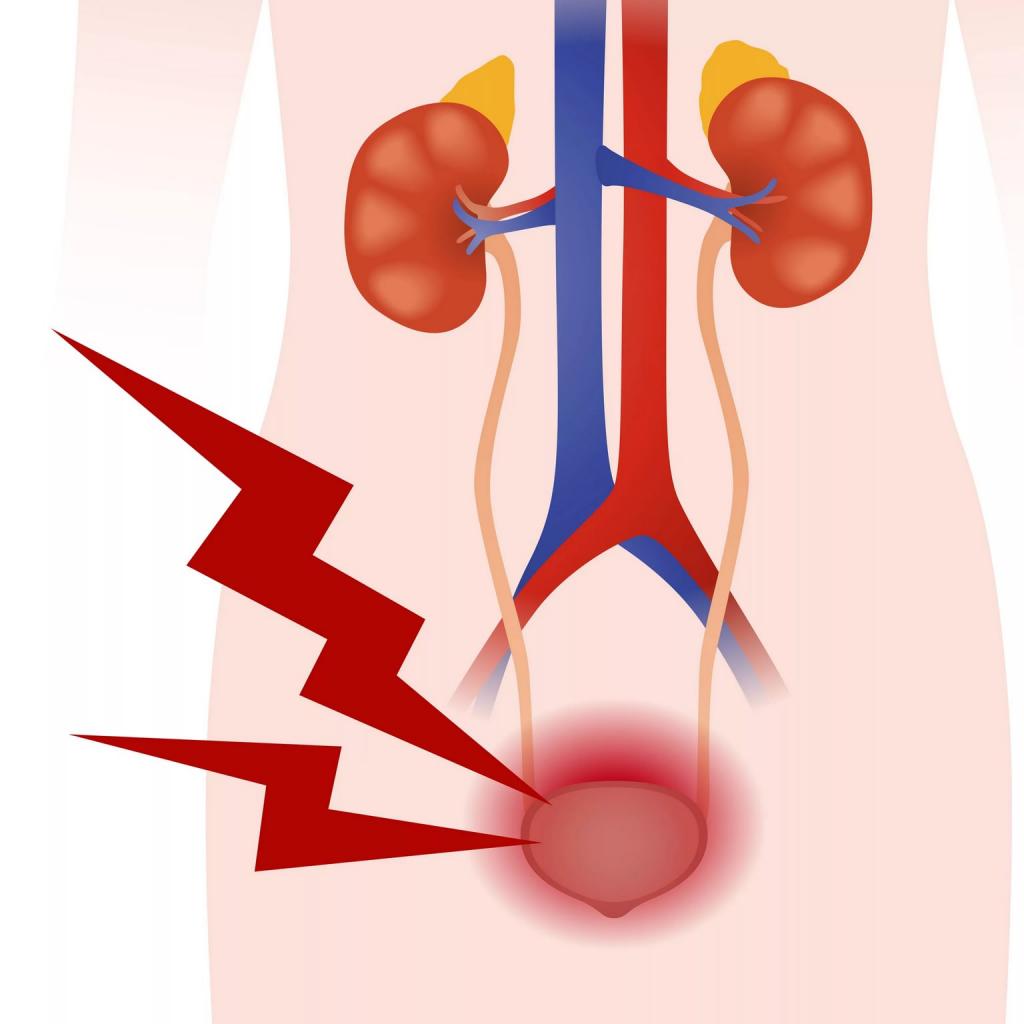
Urethritis
This is an inflammatory process in which the walls of the urethra are involved. Urine, flowing down the affected tissues, contributes to the occurrence of unpleasant sensations. This is why the bladder hurts in women.
As a rule, the underlying mechanism of the development of the disease is the active life of pathogenic microorganisms. The causative agents of the disease:
- Gonococci.
- Chlamydia
- Mycoplasmas.
- Trichomonads.
- Human papillomavirus.
- E. coli.
- Strepto and staphylococci.
Less commonly, the disease is non-infectious.
The first signs of urethritis in women:
- Weak pain in the lower abdomen.
- Redness of the external opening of the urethra.
- Discharge from the urethra, other than normal. Most often they have a yellow or greenish tint and an unpleasant odor.
As the disease progresses, the following symptoms appear:
- Cramping and itching at the beginning of urination.
- Purulent discharge from the urethra.
- Pain when filling the bladder.
In women, due to the peculiarities of the anatomical structure of the urethra, pathogenic microorganisms can easily move to adjacent organs. In addition, ignoring alarming symptoms leads to the transition of the disease into a chronic form.
Diagnosis of pathology involves the study of urine and cystoscopy. Based on the results, the doctor selects the most effective medications. Treatment of inflammation directly depends on the cause of its development. In most cases, antibiotic therapy is indicated.
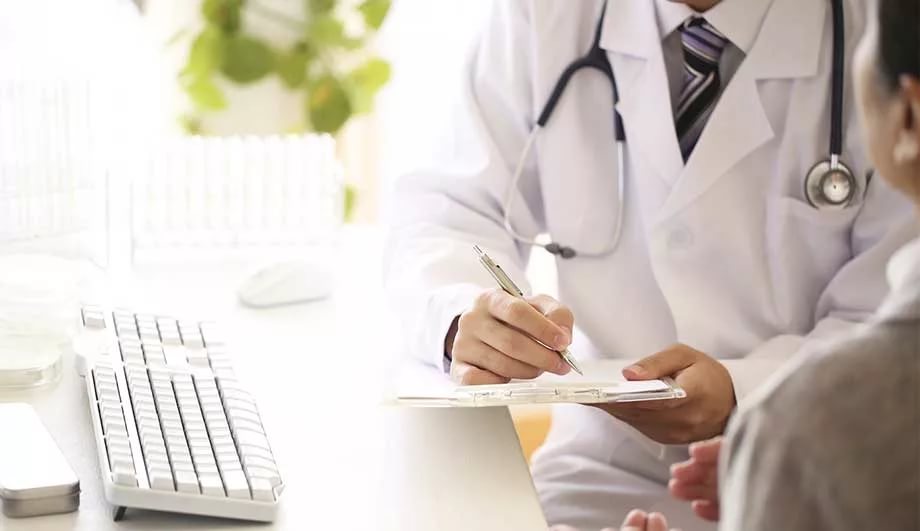
Urolithiasis disease
Another name for the pathology is urolithiasis. Under the influence of various adverse factors in the bladder, the process of calculus formation starts. They can be either single or multiple. In women, stones in the bladder most often have spikes that easily injure the walls of the organ. These stones are called coral.
The etiology of the disease is not fully understood. However, it is known that the following factors are provoking:
- Pathologies of the urinary system of a congenital nature.
- Obesity.
- A lifestyle that does not imply motor activity.
- Genetic predisposition.
- Living in adverse environmental conditions.
- Frequent stress.
- Violation of calcium metabolism.
- Frequent consumption of meat in large quantities.
Symptoms of the disease:
- Pain. Over time, its intensity increases. The calculus changes position or increases in size, resulting in tissue injury. That's why women have a bladder sore.
- The presence of blood in urine. This symptom also indicates tissue damage.
- Frequent urination or, on the contrary, their absence.
- Signs of general intoxication of the body.
- During organ emptying, the urine stream is suddenly interrupted.
With regards to which doctor to consult with pain in the bladder caused by calculi. In this case, the urologist also deals with the treatment of pathology. Based on the results of laboratory tests and ultrasound diagnostics of the bladder, the doctor chooses the patient management tactics. Treatment of urolithiasis can be either conservative or surgical.
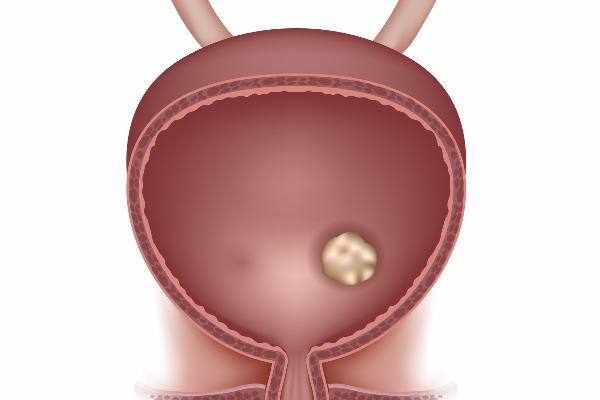
Neoplasms
They can be either benign or malignant. According to statistics, tumors are detected in 20% of patients with organ problems. In women, bladder tumors are most often benign. However, they are characterized by extremely slow growth.
The main reasons for the formation of neoplasms:
- Activities associated with constant contact of the body and harmful compounds.
- Smoking
- The presence of chronic bladder pathologies.
- Active activity of the human papillomavirus.
- Chemotherapy.
Diagnosis of the disease involves the following studies:
- Ultrasound
- Cystoscopy
- Endoscopic biopsy.
- CT
- Cystography.
Clinical manifestations of pathology:
- The presence of blood impurities in urine.
- Frequent urination.
- Incontinence.
- Painful sensations localized in the lower abdomen.
When the tumor becomes large in size, the lumen of the ureter narrows. Thus, the obstructed act of emptying the organ is a late sign of illness.
Bladder treatment in women depends on the nature of the neoplasm. Benign tumors often dissolve independently after elimination of the main provoking factor. In other cases, surgical intervention is indicated.

Paracystitis
This term refers to inflammation of the fatty tissue that surrounds the bladder. Most often, the disease develops in women after operations on the reproductive organs or against the background of gynecological ailments.
The main cause of paracystitis is the penetration of pathogenic microorganisms into the tissue. The following provoking factors contribute to infection:
- Bladder injuries resulting from medical manipulations.
- Pathology of the pelvic organs.
- Past surgery in an organ.
Symptoms of paracystitis:
- Painful sensations localized in the area above the pubis. In most cases, they are intolerable.
- Frequent urination, but low urine output.
- Signs of general intoxication.
- In the presence of ulcers in urine, you can notice blood or exudate.
If these symptoms occur, it is important to consult a doctor as soon as possible. He will draw up a referral for diagnosis, based on the results of which he will select the most effective drugs. Treatment of inflammation of the bladder in women involves taking antibiotics, NSAIDs, and absorbable drugs. In the presence of ulcers, tissue drainage may be required.
Bladder rupture
Organ injuries are rarely diagnosed, as it is well protected by the bones of the pelvis. However, there is still a chance of damage.
Injuries can be either open or closed. In the first case, the integrity of the skin is violated, in the second - no.
The main causes of injury:
- Bad jump.
- Fall down from a height.
- A wound with a cold weapon or a firearm.
- Blow to the abdomen.
- Untimely emptying of the organ. This situation most often occurs in people who are intoxicated.
With regards to why the bladder hurts in women who deny the fact of injury. The cause of the gap may be improperly performed medical or diagnostic procedures. Injury can occur against the background of tumor growth of both the organ itself and nearby tissues.
Symptoms of a gap:
- Difficult urination.
- Blood in urine.
- Low blood pressure.
- Heart palpitations.
- Pallor of the skin.
- Severe pain, worse lying down.
- Elevated body temperature.
- Nausea.
If you have these symptoms, you must call an ambulance. In this case, surgical intervention is indicated (stitching of the organ, its removal or installation of a drainage system).
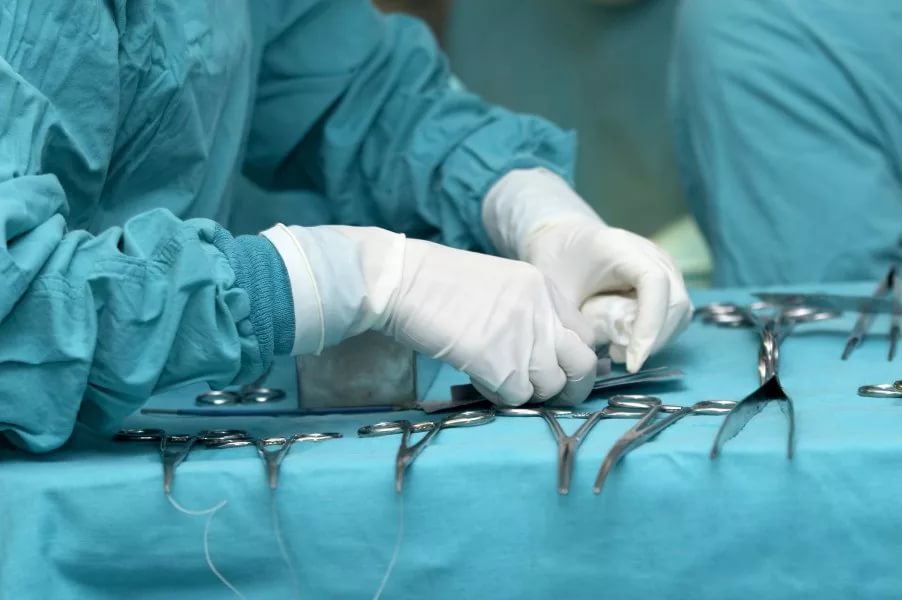
Diverticulum
This term refers to the formation of a saccular cavity in the wall of an organ that communicates with the cavity through the neck. Bulging in the bladder often becomes the cause of all kinds of inflammatory processes.
Reasons for the formation of a diverticulum:
- Anomalies in the development of the fetus during fetal development.
- Overextension of the walls of the organ.
- Increased intravesical pressure.
Diverticulums can be either single or multiple. At the initial stage of their formation, symptoms are absent. Over time, a woman notices that urination is much more difficult. Emptying an organ at once becomes impossible.
Treatment of pathology consists in conducting surgical intervention.
Bladder endometriosis
In this case, the organ damage is secondary. Initially, the growth of epithelial tissue occurs in the uterus. Gradually, neighboring organs are also involved in the pathological process.
Causes of bladder endometriosis:
- Hormonal imbalance.
- Genetic predisposition.
- Unbalanced diet.
- The presence of inflammation in the bladder.
- Obesity.
- The onset of the first pregnancy at a later age.
The main symptoms of endometriosis are pain in the lower abdomen and the presence of blood in urine.
Treatment of the disease consists in taking hormonal drugs. With their inefficiency, the overgrown tissue is excised surgically.

Other reasons
Most often, painful sensations in women arise for the above reasons. But in rare cases, discomfort can be a consequence of:
- Apoplexy of the ovary.
- Endometritis.
- Adnexitis.
- Endocervicitis.
- Para- or perimetritis.
In any case, when the first alarming signs appear, you must consult a doctor or, if you feel unsatisfactory, call an ambulance team. Even the slightest delay can turn into all kinds of complications, and if the bubble ruptures, the absence of medical intervention can lead to death.
Finally
Pain in the bladder is an alarming sign. In almost all cases, they indicate the development of a pathological process in the body. If you experience pain and other uncomfortable sensations, you need to contact a urologist. The specialist will draw up a referral for diagnosis, based on the results of which he will draw up an effective treatment regimen.